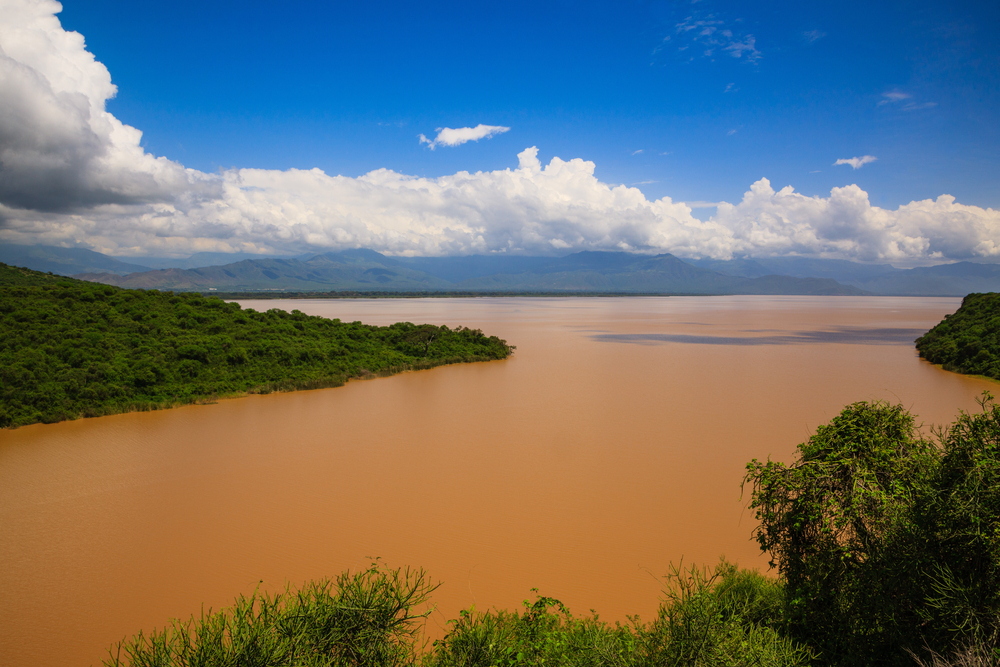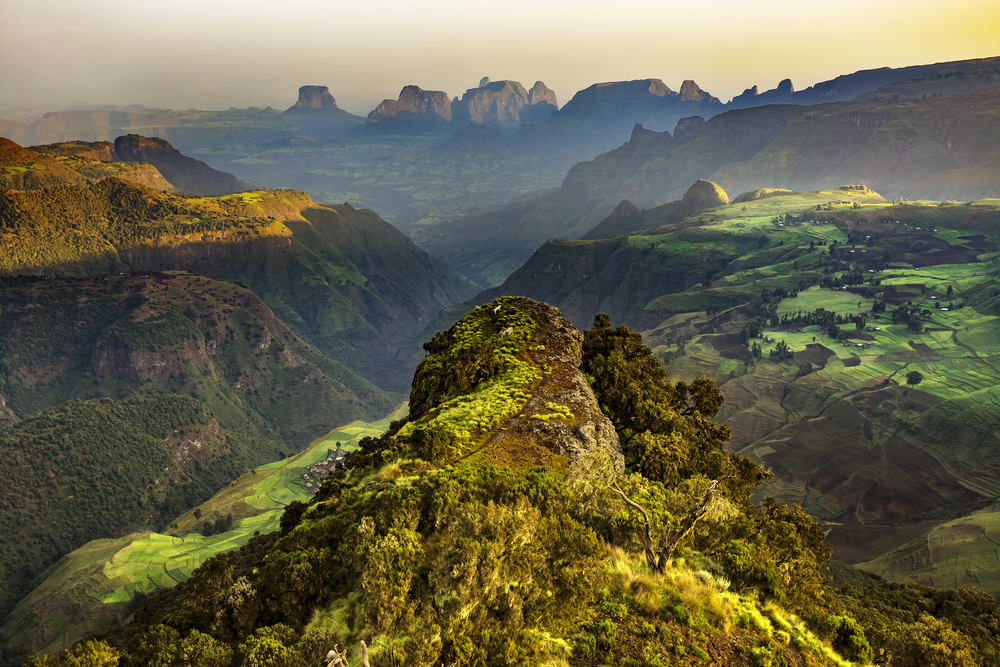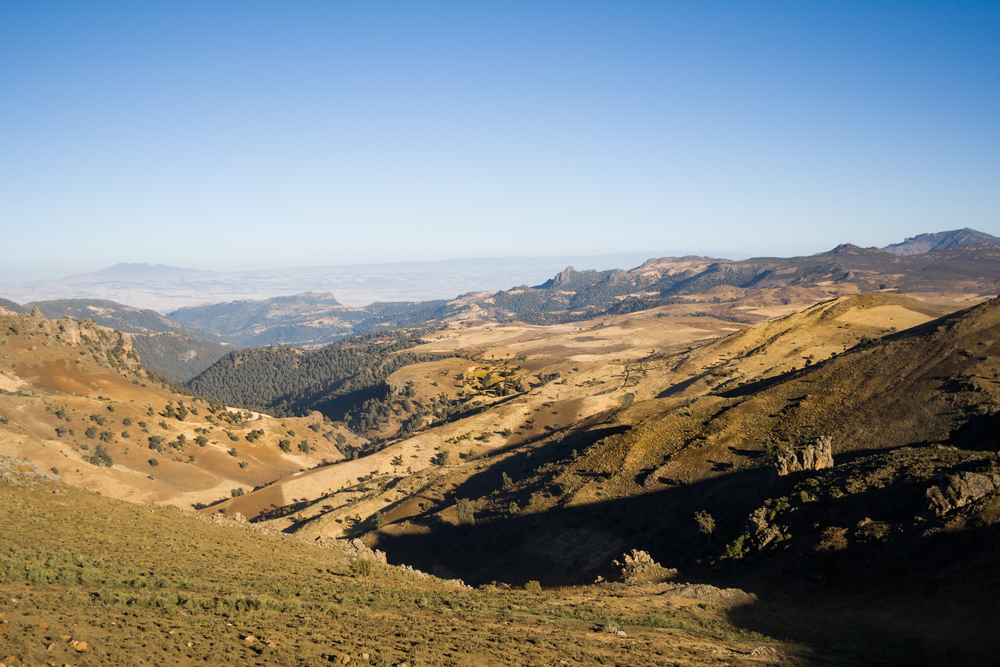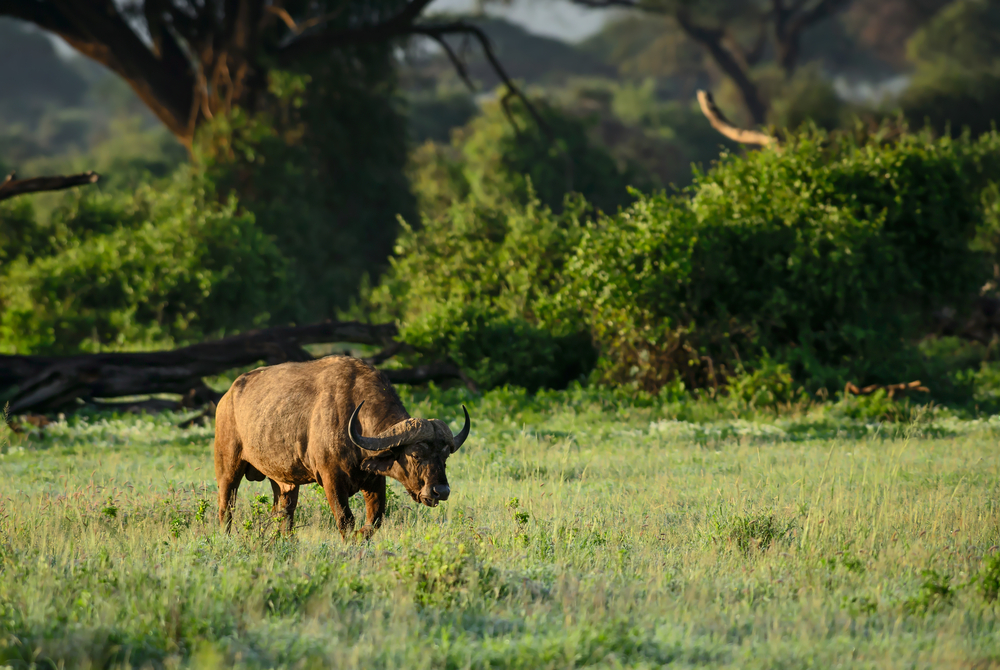Nechisar Overview
Nechisar National Park, situated in the Southern Nations, Nationalities, and Peoples’ Region of Ethiopia, is a splendid natural reserve that spans approximately 514 square miles (1,330 square kilometers). Established in 1974, this park is renowned for its striking landscapes, rich biodiversity, and cultural importance. Nestled between Lake Abaya and Lake Chamo in the Great Rift Valley, Nechisar National Park offers a breathtaking mosaic of ecosystems, from grassy plains and dense forests to sparkling lakes and hot springs.
The park’s diverse terrain is dominated by the Nechisar Plains, which are known for their golden savannah grasslands that stretch as far as the eye can see. These plains provide a stark contrast to the lush forests found on the park’s eastern and western edges. The dense vegetation along the shores of Lakes Abaya and Chamo creates a thriving habitat for a variety of wildlife, making the park a hotspot for biodiversity.
Nechisar National Park is home to a remarkable array of wildlife. Visitors can expect to see large mammals such as zebras, gazelles, bushbucks, and the elusive Swayne’s hartebeest, an endangered antelope species unique to Ethiopia. Predators like lions, leopards, and hyenas also inhabit the park, contributing to its rich ecological tapestry. The park is particularly noted for its avifauna, boasting over 350 bird species. Notable birds include the kingfishers, pelicans, African fish eagles, and the iconic Nechisar nightjar, a bird species first discovered in the park.
One of the park’s highlights is the “Bridge of Heaven,” a narrow strip of land that separates Lake Abaya from Lake Chamo. This natural bridge offers stunning panoramic views of both lakes and the surrounding landscapes. Boat trips on Lake Chamo provide opportunities to see large populations of hippos and crocodiles, as well as a variety of waterbirds.
Exploring Nechisar National Park offers a blend of adventure and tranquility. Guided safaris and walking tours provide visitors with the chance to observe wildlife in their natural habitats and explore the park’s varied landscapes. The hot springs in the eastern part of the park are a popular attraction, offering a unique spot for relaxation amidst the natural beauty.
Conservation efforts in Nechisar National Park focus on preserving its unique ecosystems and protecting its diverse wildlife. The park faces challenges such as habitat degradation and human encroachment, but ongoing initiatives aim to mitigate these threats. Community engagement programs play a crucial role in these efforts, involving local populations in conservation activities and promoting sustainable resource use. By fostering a sense of ownership and responsibility among the local communities, these programs help ensure the long-term protection of the park’s natural resources.
Nechisar National Park also holds significant cultural importance. The park is located near the towns of Arba Minch and Chencha, home to the Dorze and Gamo people. These communities have a deep connection to the land and its wildlife, and their traditional knowledge and practices are integral to the park’s conservation efforts. Visitors can learn about the local culture and traditions, adding a rich cultural dimension to their visit.
In summary, Nechisar National Park is a gem of Ethiopia’s southern Rift Valley, showcasing the rich biodiversity and stunning landscapes of the region. Its diverse ecosystems, abundant wildlife, and vibrant birdlife make it a must-visit destination for nature enthusiasts and eco-tourists. The park’s commitment to conservation and community involvement underscores its importance as a model of sustainable environmental management. Whether exploring the golden savannahs, observing the diverse wildlife, or enjoying the serene beauty of the lakes, visitors to Nechisar National Park will be captivated by its natural splendor and ecological significance.













































































